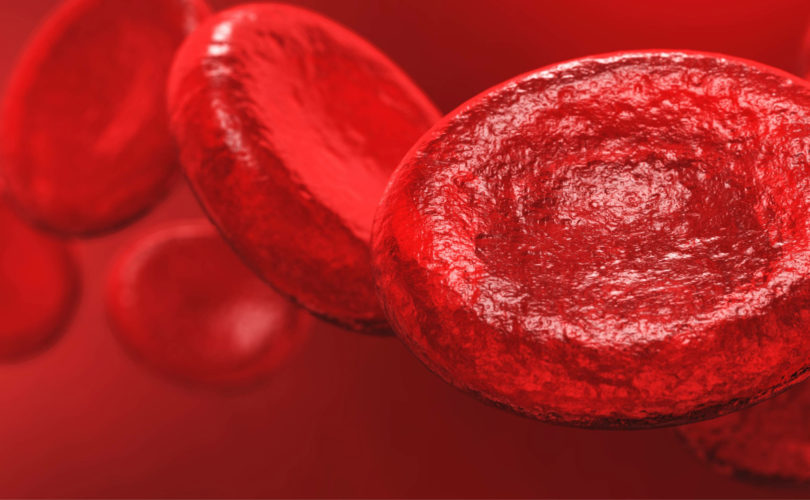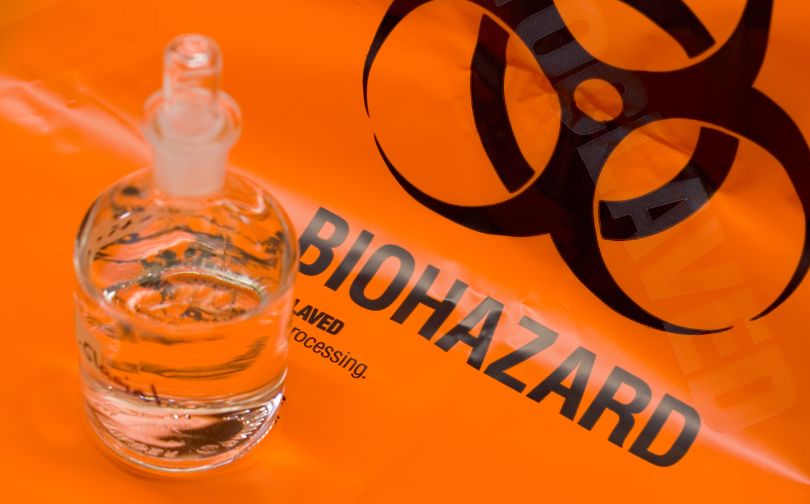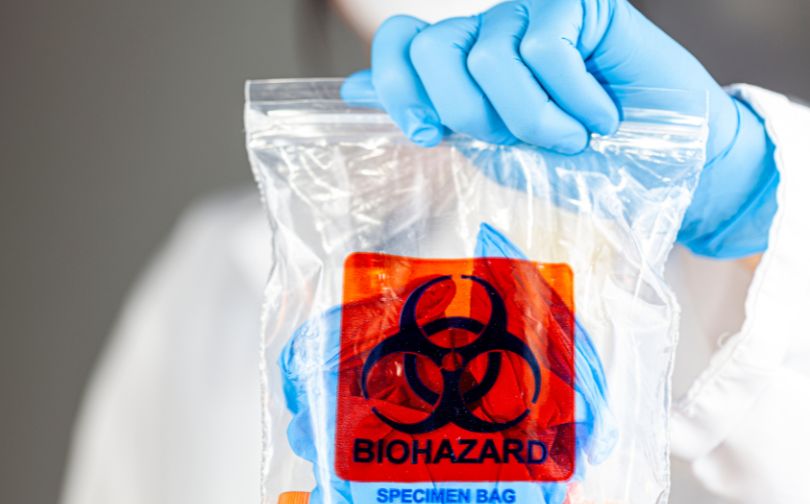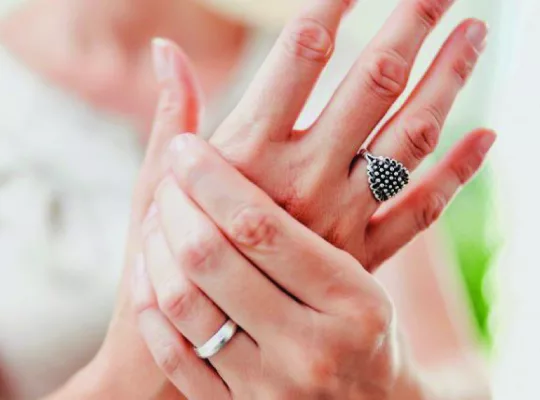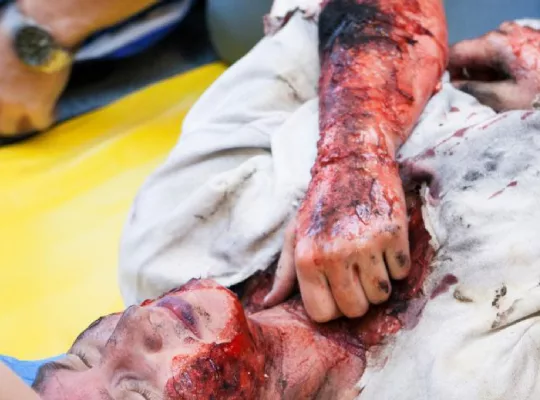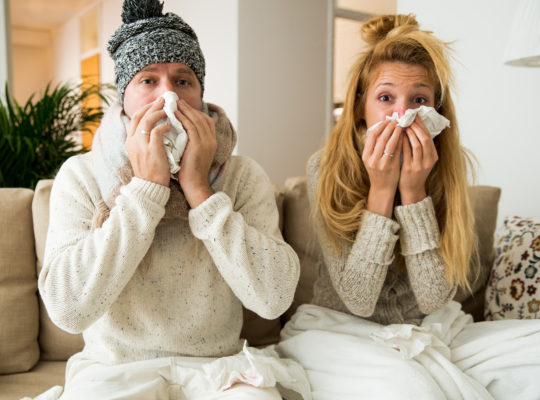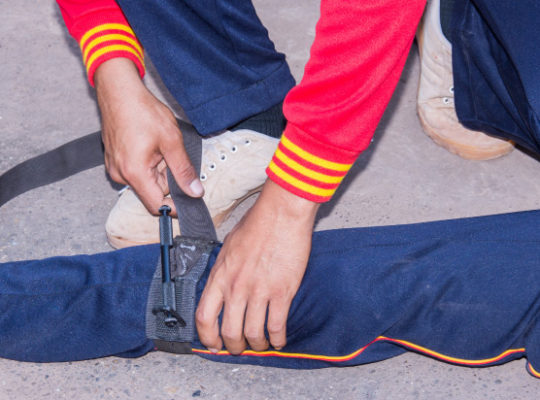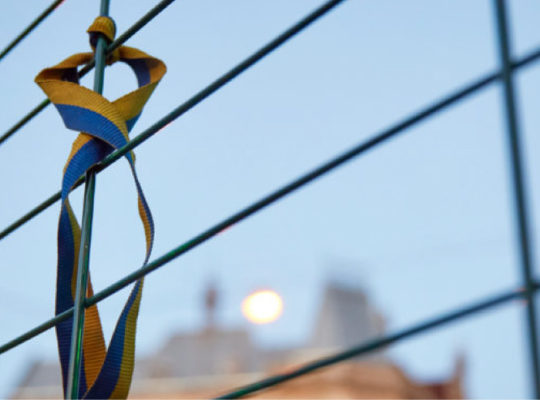Dealing with biohazard materials can be a stressful and challenging task. Whether it’s a spill in the workplace, a medical incident, or contamination at home, the risk of exposure to harmful pathogens is a serious concern. Handling these situations without proper knowledge and equipment puts your health, and potentially others, at risk.
A staggering fact: The CDC reports that improper handling of biohazards leads to thousands of workplace injuries annually. This highlights the need for clear guidelines on safe procedures.
In this guide, you’ll discover practical steps to manage biohazard situations effectively, ensuring safety at every stage. We’ll address common pain points, such as understanding proper disposal methods, using protective gear, and knowing when to call in professionals.
Types of Biohazardous Materials
A biohazard is a biological substance or item contaminated by a biological substance that poses a risk to human health or the environment. Some examples of biohazardous materials are:
- Blood or blood products
- Bodily fluids
- Any type of waste produced by someone diagnosed with an infectious disease
- Animal waste or waste from veterinary procedures
- Sharps such as needles, scalpels, broken glass
Research the Issue
Research the best ways to clean the specific material you’re dealing with. Different types of spills will require different materials and methods to be effective. For this reason, prior research on the materials you may have to deal with is an invaluable asset in the case of an incident.
How Do You Clean Up a Biohazardous Material?
Biohazardous materials are not a problem that we face every day, but when you come across one, it is very important to know what to do. Biohazards are any biological material that could pose a risk to human health or the environment, most often, blood and other bodily fluids. You must handle these in a very specific way to avoid exposure and protect against any bodily harm. Follow these steps to handle any sort of biohazard spill. Each biohazardous material needs to be cleaned in a specific way to properly clear the infectious microorganisms.
Use dedicated bodily fluid cleanup kits to properly remove and sanitize the spill.
Isolate and Contain the Issue
Be sure to avoid touching anything that you even suspect might be contaminated. Find a way to quarter off the contaminated area and keep others and pets away from the spill. It is important that you set up a large perimeter with a wide margin of error. Depending on the circumstances, microorganisms can travel long distances. Flushing the toilet with the lid up can spray bacteria up to six feet away. You want to use extra space as to ensure all hazardous materials are in the perimeter. If you have caution tape, this would be a great way to mark off the perimeter. If you don’t, find a replacement that functions similarly.
Protecting Yourself From a Biohazard
Before beginning cleanup, collect the materials that you will need to clean the area. Depending on the size of the spill and of the type of biohazard material involved you might need anything from a pair of gloves to a full cleanup and personal protection kit that covers the entire body. Find the right protection and don’t forget to consider your eyes and hair. It is imperative not to expose yourself to harm when you are cleaning up a mess.
Biohazards You Can Clean Yourself
Bodily fluids from family members are generally safe to handle as long as you don’t ingest anything or expose sensitive areas such as open wounds or your mouth and eyes to the material. If the biohazardous material is contaminated by someone with HIV or AIDS, then a professional cleaning service should be contacted.
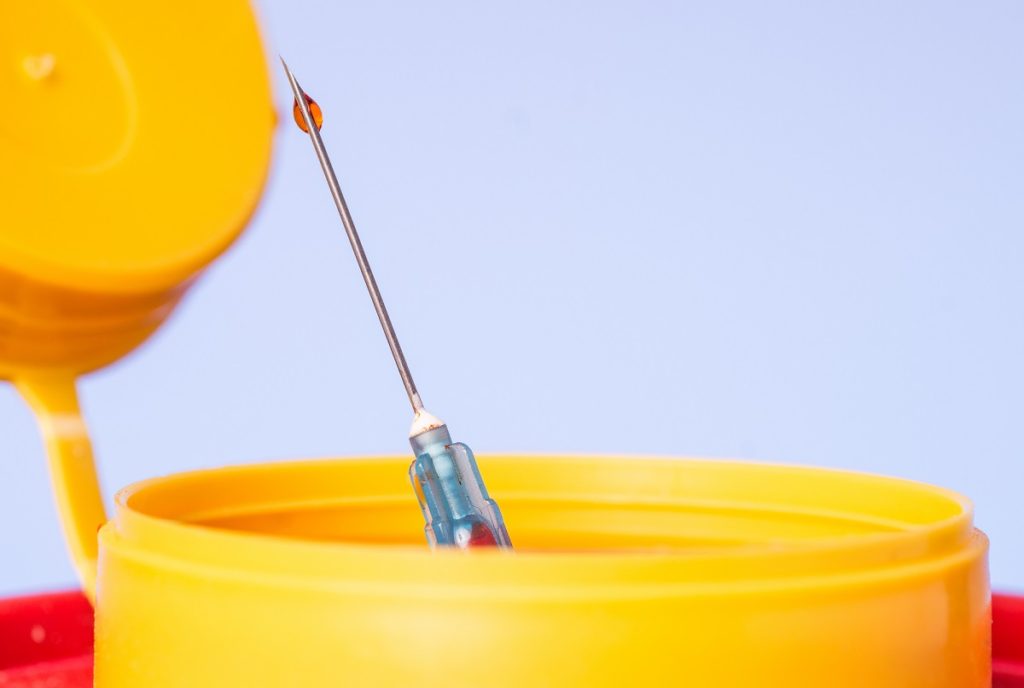
Work to contain the spill and avoid spreading the contamination beyond the already contaminated area. Try not to track blood or other fluids around and try to keep liquids on a hard surface from spreading. If the spill is on an absorptive surface, try to absorb as much of it as you can before it hardens or seeps deeper into the material.
For solid objects such as needles or blades, use a grabbing item like tweezers, tongs, a broom and dustpan or stab proof gloves to carefully transfer the object into a sharps container. If there isn’t a sharps container around, place the object in a box or bin and clearly label it. Glass can be disposed of alongside trash, but needles and blades should be handled by a professional disposal service.
Disposing a Biohazard
There are special places to dispose of heavily soiled biohazard materials, and professional services that deal specifically in the disposal of hazardous materials. If you are in doubt about anything, contact professional cleaning services for advice or assistance.
For bodily fluids that are not contaminated with dangerous viruses, they can be disposed of in the trash or down the toilet depending on what item you use to absorb it. A used adhesive bandage does count as a biohazard, but the risk of exposure is so low, it does not need special care.
FAQs
How Do I Handle Biohazardous Waste in a Laboratory Setting?
In a laboratory, biohazardous waste should be collected in leak-proof containers lined with autoclaveable biohazard bags. These containers must display a biohazard symbol and remain closed when not in use. Before disposal, waste must be autoclaved or treated to ensure safety and prevent contamination.
What Should I Do If I’m Exposed to a Biohazard?
If exposed to a biohazard, immediately wash the area with soap and water. For eye or mucous membrane exposure, flush with water for at least 15 minutes. Report the incident to a supervisor and seek prompt medical attention to prevent further health risks.
Can Biohazardous Waste Be Disposed of in Regular Trash?
Biohazardous waste must never be placed in regular trash. Special handling and disposal protocols are required to prevent contamination. All biohazardous materials should be placed in designated biohazard bags or containers and appropriately treated before disposal to ensure safety.
What Are the Risks of Improper Disposal of Biohazards?
Improper biohazard disposal can result in the spread of infectious diseases like HIV and hepatitis, environmental contamination, and heightened exposure risks for workers and the public. Safe disposal procedures are essential to mitigate these risks and protect public health.
Conclusion
Dealing with biohazards requires a structured approach to protect yourself and others from potential risks. Understanding the types of biohazardous materials, such as bodily fluids, animal waste, and sharps, is crucial for effective handling.
When encountering a biohazard, start by isolating the area to prevent the spread of contaminants. Use proper protective gear to avoid exposure, and remember that different materials require different cleaning techniques. For high-risk situations, professional disposal services are often the safest choice.
By following these guidelines, you can minimize risks, protect your health, and ensure that hazardous materials are handled and disposed of safely. With preparation and care, managing biohazard incidents can be a controlled and manageable process.

